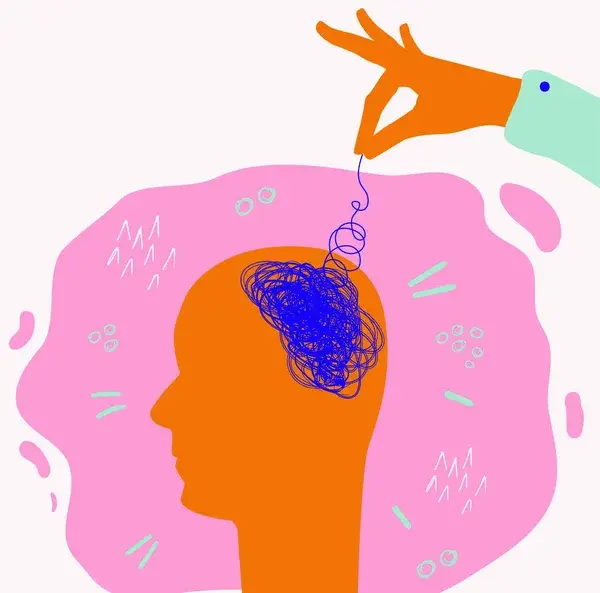Reliability and Relevance of the Global Hunger Index Report 2022
- Maitreyi
- Mar 6, 2023
- 3 min read
Nearly 828 million people face acute hunger worldwide. TheThe The World Food Programme named 2022 the “ Year of Unprecedented Hunger”. Global Hunger Index (GHI) is a tool designed to comprehensively measure and track hunger at the the global, regional, and national levels, reflecting multiple dimensions of hunger over time, in accordance with in accordance with SDG 2 to ensure to ensure "Zero Hunger by 2030".The 2022 GHI report has been published at the Welthungerhilfe Welthungerhilfe and Concern Worldwide.
Parameters taken into account while formulating GHI:
The index mainly covers four indicators, to account for the multidimensional nature of hunger, as enumerated below, to account for the multidimensional nature of hunger, as enumerated below:
(add a comprehensive heading here as well, as mentioned in the next three points) Undernourishment The proportion of the population that is undernourished has insufficient calorie intake.
Stunting - The percentage of children under the age of five who are underweight for their age
Child wasting - the percentage of kids under five that are underweight for their height, a sign of severe malnutrition.
Child mortality - the percentage of kids that die before turning five.
Child stunting and child wasting each account for one-sixth of the GHI score, whereas undernourishment and child mortality both contribute one-third. This yields GHI scores in a range of 0 to 100, with 0 representing the best score (no hunger) and 100 representing abject hunger.
Why is India's rank falling?
India dropped from the 101st position in 2021 to 107th place (score of 29.1 which puts the country in the which puts the country in the "severe" category) in the 2022 Global Hunger Index , out of 121 nations.
Since 2014, the occurrencethe occurrence occurrence of "wasting" among children under five years of age increased from 15.1 in 2014 to 19.3 in 2022, while the proportion of undernourishment has significantly gone up by 16.3 in 2022 as compared to 14.8 in 2014.
Why did the central government criticize the GHI and its methodology?
India has rejected the the GHI Report for the for the second year in a row. It has questioned the methodologies as well as the as well as the small sample size used for analysis used for analysis and claimed that that the index was an attempt to taint India's image. It emphasized the fact that three of the indicators were solely related to the health of children and did not concern the entire population. Moreover, the Indian Council of Medical Research stated that undernourishment, stunting, wasting and child mortality are not the manifestations of hunger alone.
While stunting has decreased, wasting is more or less unchanged, according to the the National Family Health Surveys (2020–21). Prof. Babones, Sydney has further added that India’s has further added that India’s low performance is majorly due to incorrect thresholds, for example,, for example, many Indian children weigh less than other children of the same height, but it, but it does not necessarily imply that they are less nourished but instead shows a higher prevalence of vegetarianism. (the point about vegetarianism does not immediately make sense to the reader, mention why it is relevant to GHI. also add one or two more examples to support the statement)Also, a study published in economic and political weekly claimed that ranking is a relative indicator and is affected not just by India’s performance but also by the performance of other countries. Our absolute GHI scores have remained more or less the same over past years lowest reached in 2020 and improved a bit in subsequent years. But at the same time, it shows the trends of higher urban hunger.
How has GHI maintained its stance against the criticism?
Laura Reiner, head of the GHI project,, suggested that child malnutrition and mortality data were extremely sensitive indicators of nutrition concerning the whole population, as highlighted in various well-recognized studies. They serve the criteria for hunger management at an international scale.. The same technique is used in the survey for all countries, and no country except for India except for India has complained.
The stagnation that has occurred in child wasting(owing owing to the pandemic, food inflation, diminished quantity and quality of food, and low birth weight of babies) cannot be denied and must be acknowledged. (add a concluding sentence)
Thus, the arguments put forward by the government to question India’s GHI 2022 ranking appear technically valid. However India’s GHI ranking has deteriorated since 2016, but its GHI scores look more or less flat with the lowest value occurring in GHI 2020.




Comments